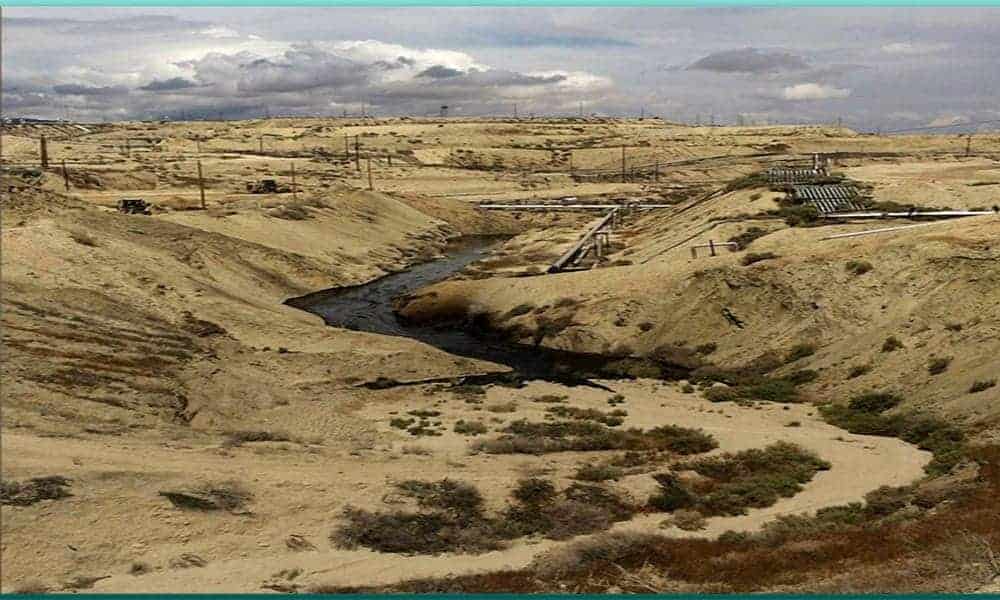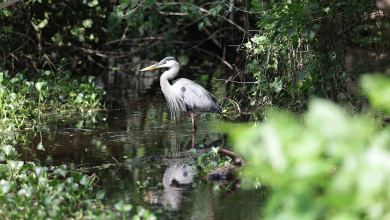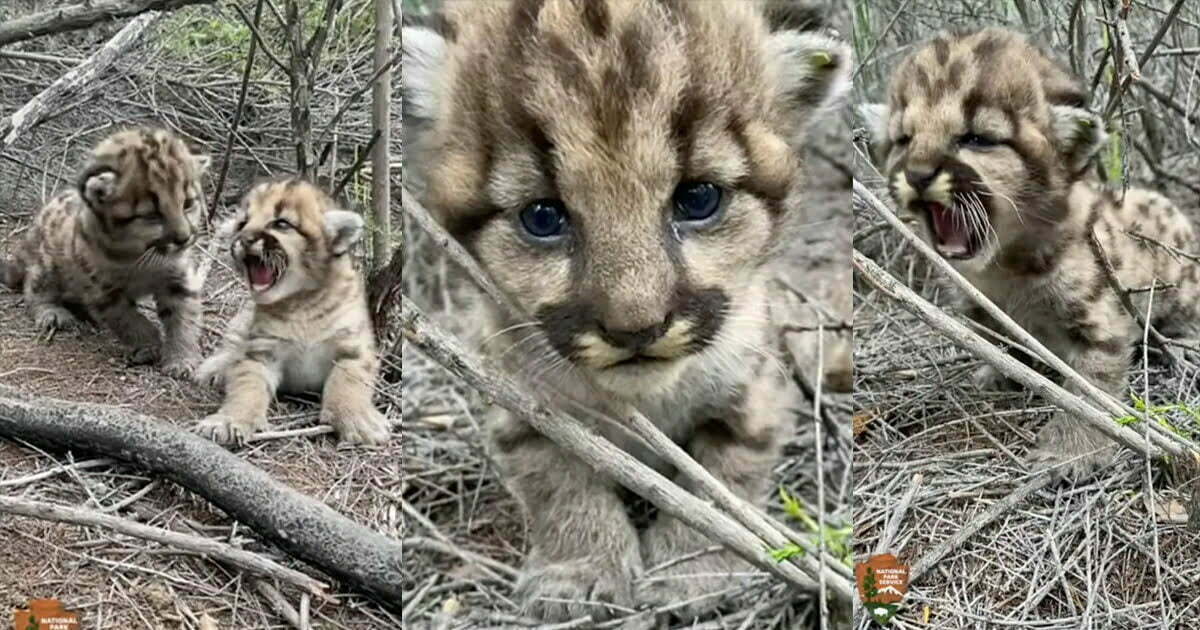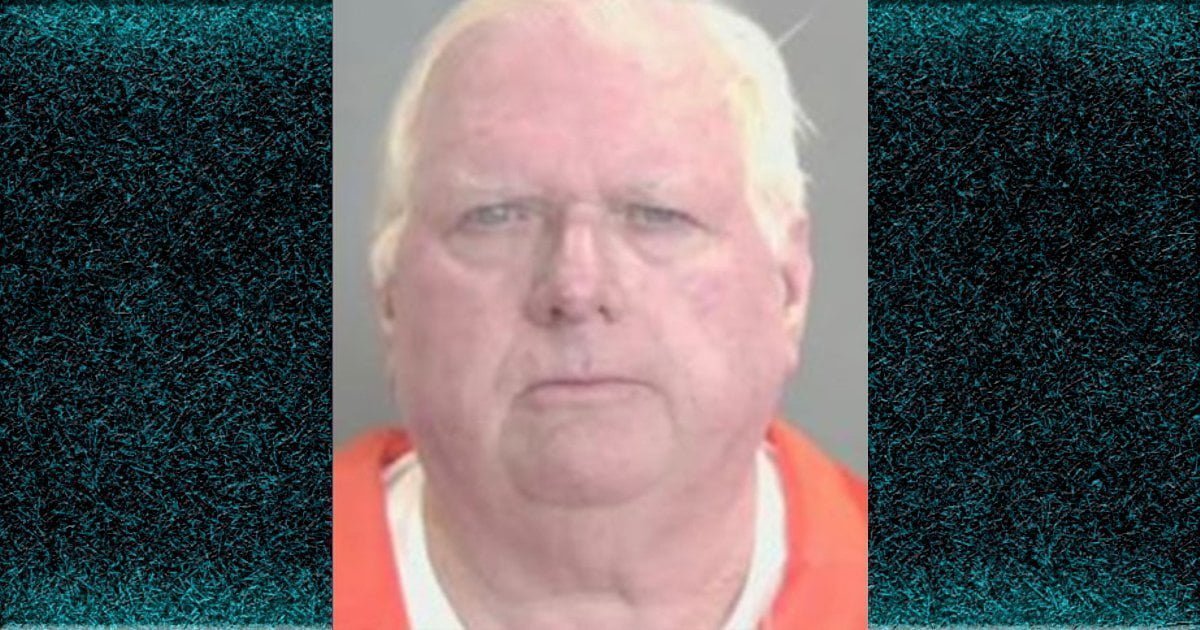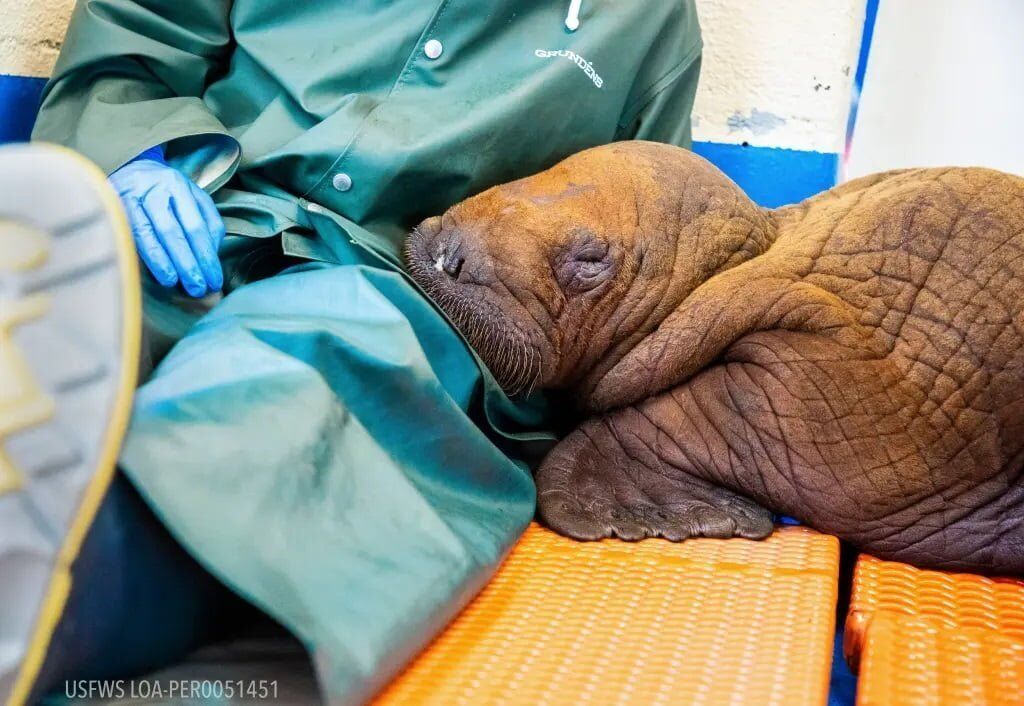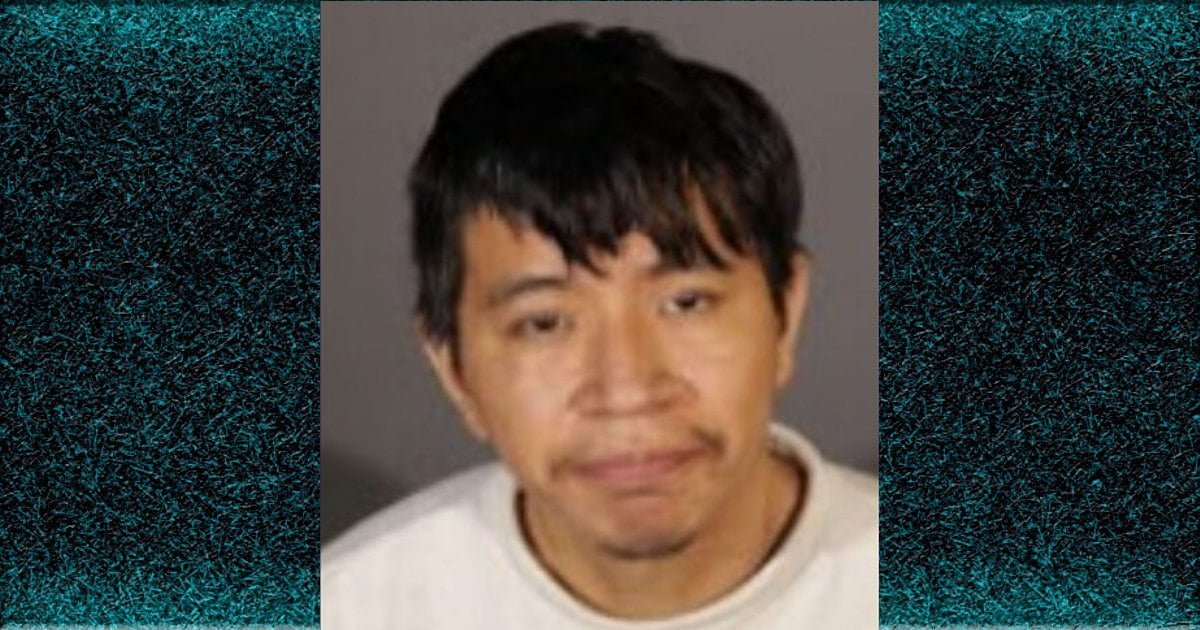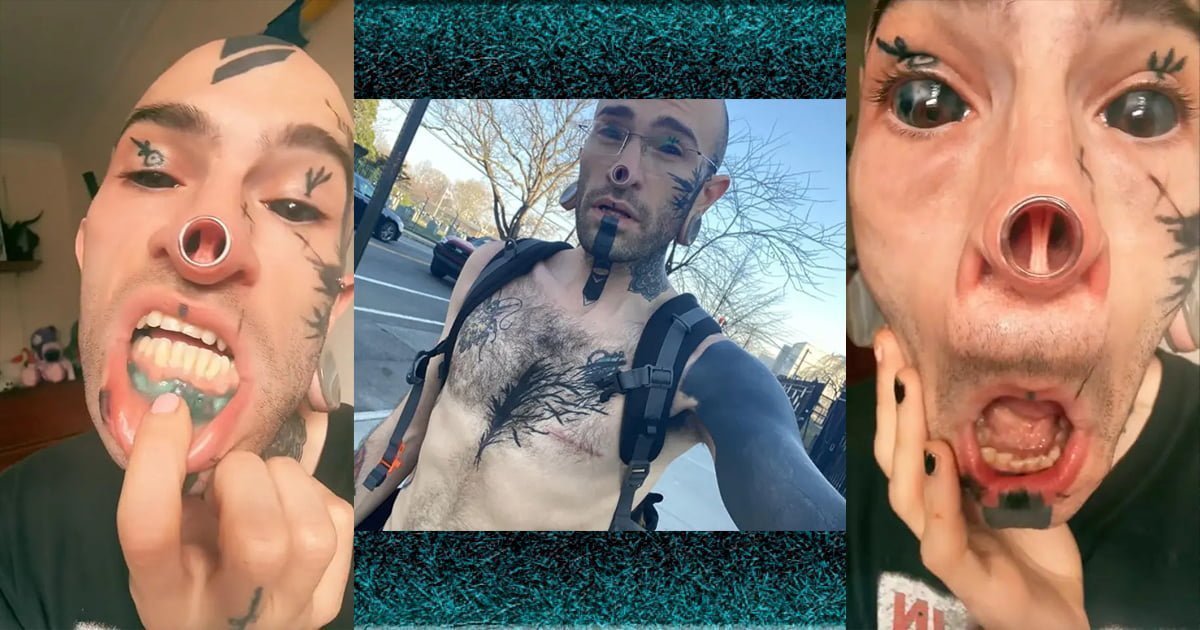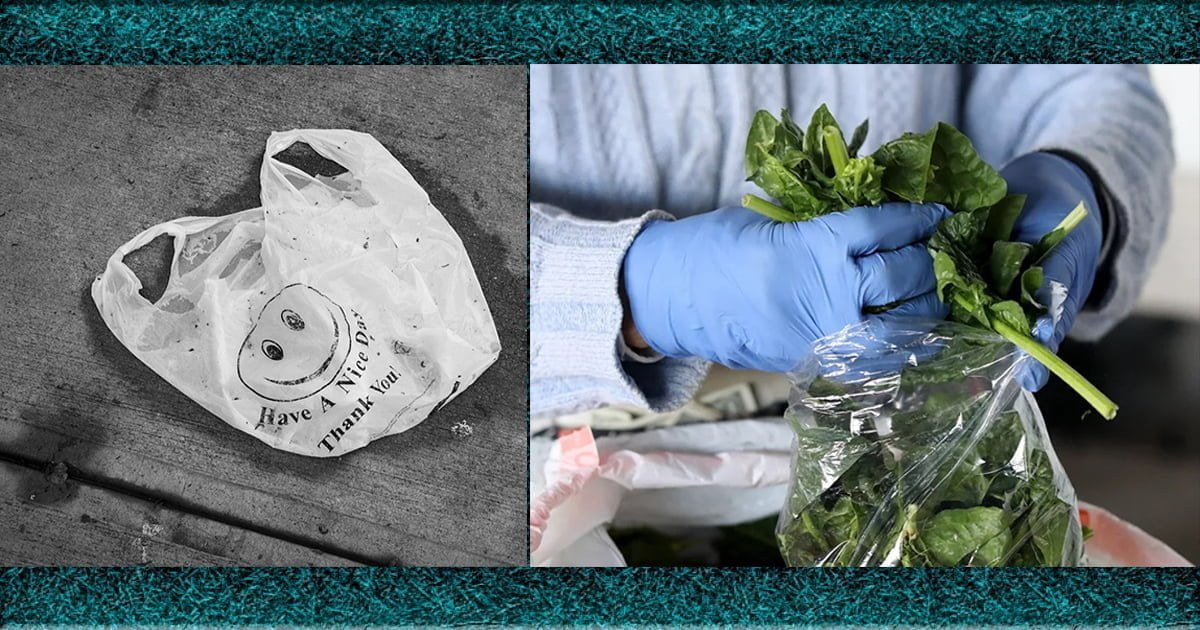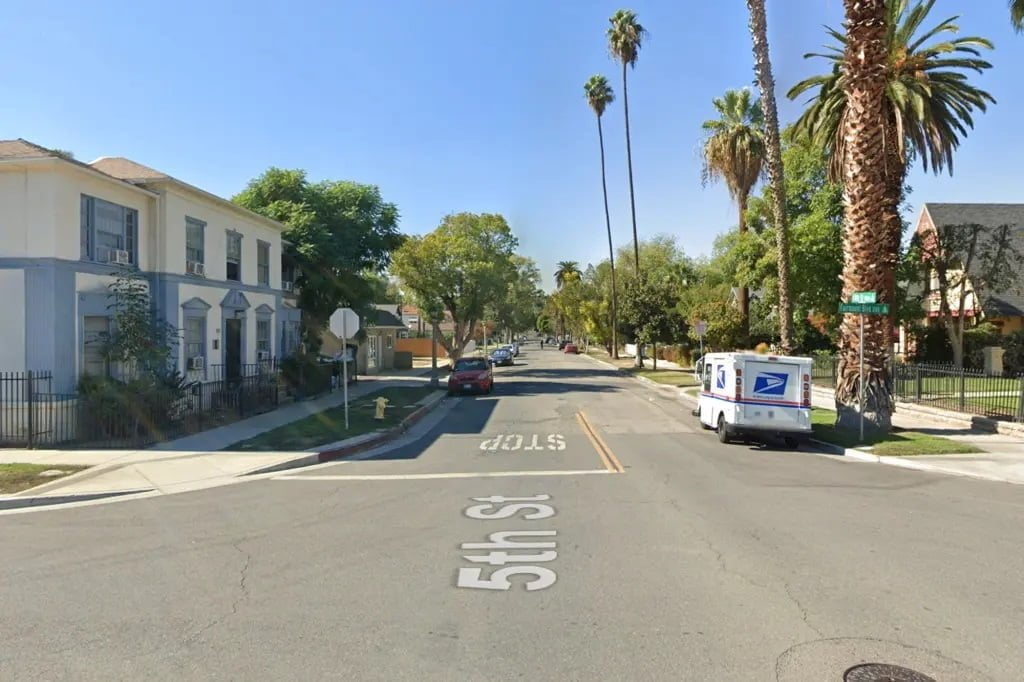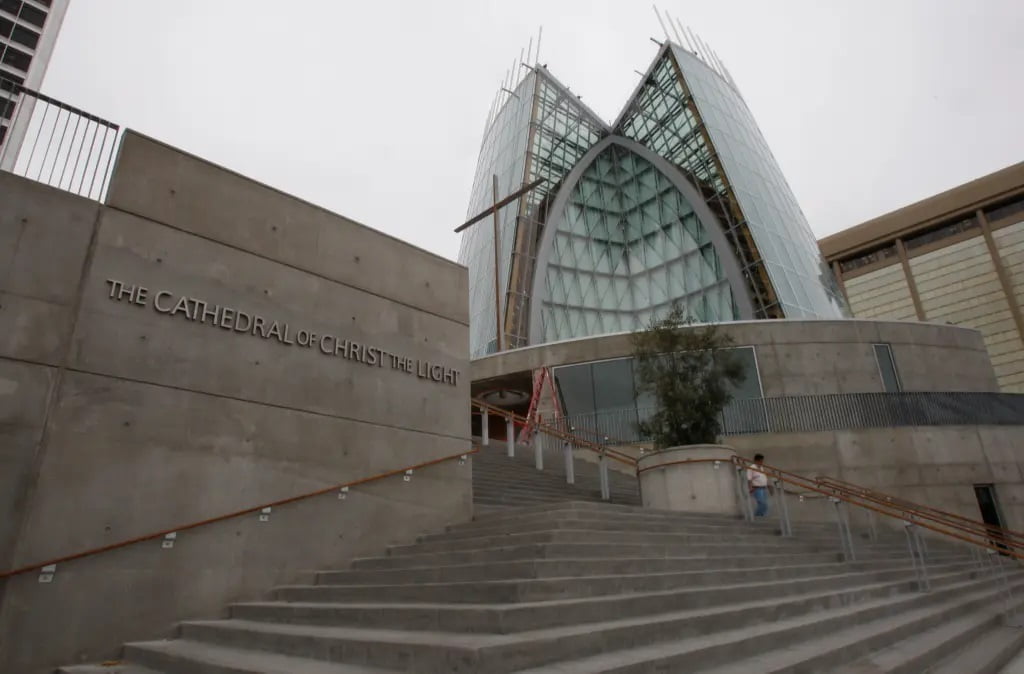800,000 Gallons of Oil and Water Spilled by Chevron in California
KERN COUNTY, CALIFORNIA – On Friday, authorities in California stated that cleanup crews are starting to clean a huge oil spill that unloaded close to 800,000 gallons of oil and water into a canyon in Kern County.
The major oil spill is bigger than California’s last two incidents.
The area is seeping oil and water, and it’s been flowing off and on since back in May. It has now stopped as of Tuesday according to a spokeswoman for Chevron named Veronica Flores-Paniagua.
According to the spokeswoman and officials in California, there aren’t any waterways near the spill and it hasn’t caused a significant amount of wildlife to be affected.
A report by Chevron reveals that 794,000 gallons of oil and water had leaked from the ground where a steam injection is used for extracting oil. The area is a big Cymric Oil Field located around 35 miles to the west of Bakersfield.
The steam is used to soften thick crude oil and make it able to flow more efficiently. It is a different process than fracking which breaks up layers of rock under the ground.
Chevron says the leaked water makes up about 70% of the spill, which means that the oil consists of about 240,000 gallons.
Earlier this year, Plains All American Pipeline was fined almost $3.35 million by a judge after it caused what is known as California’s worst coastal spill in the last 25 years. In 2015 a deteriorating pipeline spilled 140,000 gallons of crude oil into Santa Barbara County’s Refugio State Beach which tarred up popular beach-going spots for miles, harmed fishing, and tourism, and killed wildlife populations.
Back in 2007 at the San Francisco Bay, Cosco Busan, a container ship, leaked out almost 54,000 gallons of heavy oil fuels. This was the result of the ship hitting the San Francisco-Oakland Bay Bridge during a time when there was thick fog in the area.
In 1969 California’s worst spill happened in Santa Barbara when more than 80,000 barrels of crude oil leaked into the Santa Barbara Channel. A barrel contains 42 gallons, which means at least 3 million gallons of crude oil were leaked.
Steve Gonzalez who is a spokesman for the California Department of Wildlife’s Office of Spill Prevention and Response said this latest spill by Chevron had minimal impact on wildlife and birds in the area. According to Chevron, the spill ran into a dried-up streambed, with Gonzalez noting that it isn’t likely to rain anytime in the near future.
“There’s no active waterway that it’s nearby, so that’s the good news,” Steve Gonzalez mentioned.
Environmental groups have gotten involved, and say the spill by Chevron is yet another sign of regulations being weakened by a California agency in embattled times.
Earlier this week Governor Gavin Newsom fired the head of California’s oil and gas division due to hydraulic fracturing permits being increased recently, along with an ongoing conflict of interest investigation into other division employees.
“At this point they have it dammed off and they’re sucking it out, sucking the oil out,” Gonzalez noted.
According to Gonzalez, contractors were hired by Chevron to clean up the spill and it pays all the cleanup expenses, but the state office will be overseeing that process. The investigation has been delayed to find the cause of the seep and so is the cleanup in a way. Gonzalez continued and said officials need to make sure there aren’t any dangerous fumes coming from the oil, along with sinkholes that might trap the cleanup crew and heavy equipment.
A notice of violation has been issued to Chevron by California ordering it to halt all steam injections in a 600-foot radius around the area where the seep occurred. Chevron had increased its oil well production in the area. The intention of these actions is to relieve the pressure underground that may be forcing the water and oil mixture up to the surface.
KQED News in the Bay Area first reported on the spill.
According to The Last Chance Alliance which is a number of environment groups that includes the Center for Biological Diversity, they say California’s Division of Oil, Gas, and Geothermal Resources had adopted steam injection restrictions this year that were weaker and said it, “made these operations even more dangerous.” On Thursday, Gov. Gavin Newsom fired Ken Harris, the division’s chief.
These environmental groups say that regulators in the state and the U.S. Environmental Protection Agency (EPA) gave the approval for an exemption last year which resulted in the removal of protections from an aquifer in the Cymric Oil Field after Chevron and other oil companies requested them to do so.
“California’s industry-friendly oil regulator continues to provide about as much protection as a screen door on a submarine,” said Hollin Kretzmann in a statement, who is a senior attorney at the Center for Biological Diversity.
Both Chevron and the division spokesman Don Drysdale declined to make a comment for their critics. The spokeswoman for the Kern County Public Health Services Department Michelle Corson also did not give a comment, and deferred to the state’s agency.
